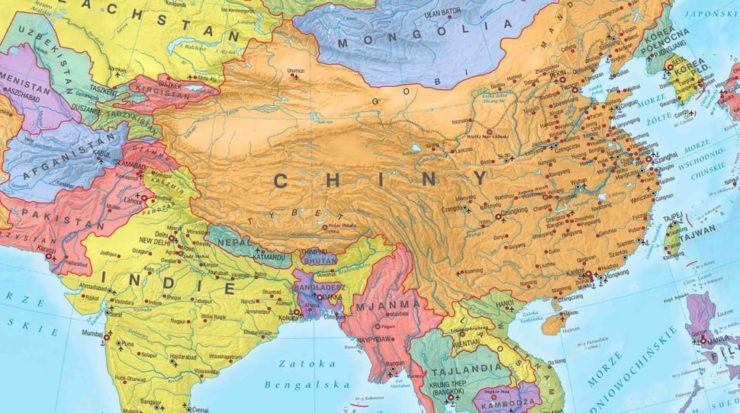
The United States emerged as the sole superpower of the world after the end of the Cold War. Contrary to its promise of an inclusive and peaceful world order, the US emerged as the key source of wars, conflicts, and instability around the world in this unipolar world. The United States’ unilateral decisions to wage wars on different countries, especially Iraq, and its involvement in spurring chaos in the Middle East deteriorated its image around the globe. Most of the South Asian countries, other than India, have always been skeptical of the United States. Using coercion as the fundamental tool of its foreign policy, the United States created a vacuum in the international arena. China emerged as a new superpower, with a policy of non-interference and collective prosperity, to fill this vacuum. These policies made it the most suitable alternative to the United States for the South Asian nations. However, China’s rise has sparked competition at the regional and global levels. It is not inappropriate to say that South Asia is the battlefield for this competition between the two superpowers of the world. The burgeoning Indo-US alliance posed a threat to Chinese interests in the Indian Ocean.
Over the past decade, China has been increasing its influence in the South Asian region through its Belt and Road Initiative (BRI). The nation has invested in the infrastructure and energy sector of many regional countries. Chinese influence over the region has also altered the geostrategic realities of the region. Countries that had close ties with India are now demonstrating a shift towards China. Bangladesh has always had cordial relations with India. However, in the past few years, the former has changed its foreign policy outlook. Phone calls and letters between Bangladeshi and Pakistani Prime Ministers in the past few years were a major breakthrough in the relations between the two countries. This move was also a substantiation of the rising Chinese influence over the two countries. China’s estimated investment in Bangladesh amounts to $7.07 billion over the past few years. Moreover, $22.94 billion worth of construction contracts have also been assigned to Chinese companies by the Bengali government. Amidst the rising Chinese influence in the country, India is suffering as China is one of its arch-enemies in the region.
Pakistan and China are known as all-weather friends. Both countries enjoy cordial relations. Hostility towards India is one of the key reasons for the ever-strengthening cordiality between the two countries. Pakistan hosts the flagship project of the Belt and Road Initiative. According to the Pakistan Business Council’s report, China accounts for more than 30 percent of total inwards FDI in Pakistan which makes it the largest source of inwards FDI in the country. When the West has abandoned the war-torn Afghanistan, China is also supporting the country in rehabilitation and avoiding the imminent humanitarian crisis. Stability in Afghanistan is mandatory for the stability of the South Asian region. China is also constructing Iran’s Chabahar port. This port will not only elevate Iran’s economy but will also help China avoid most of its enemies in the Indian Ocean. However, stability and peace in Afghanistan are mandatory for China to utilize the potential of this port. Saudi-Iran rapprochement, in 2023, is also one of the major examples of expanding Chinese influence in the South Asian region and beyond.
The recent strain in the relations between India and the Maldives is also perceived to be a result of the rising influence of China over the latter. The Maldives and India had fraternal relations in the past. However, the two nations have been at each other’s throats for the past few months after some controversial statements of the Maldivian ministers. Muhamad Muizzu, the President of the Maldives, visited China, in January 2024. This visit has been taken as a gesture of the tilt of the island nation towards China and its drift away from India. Analysts believe that China is isolating India in the region because of the historic animosity and the latter’s increasing ties with the United States. China has established naval bases in the Indian Ocean, especially in Hambantota and Djibouti, to counter its enemies in the region. Bhutan, Nepal, and Myanmar too are highly influenced by China. The latter accounts for almost 47.3 percent of the outbound FDI for South Asia. China’s infrastructural investment in the regional countries is one of the major reasons for its rapidly rising influence in South Asia. Moreover, China’s mediatory role between conflicting countries, like Pakistan-Bangladesh relations and the Iran-Saudi rapprochement, has enhanced its soft image around the world. Moreover, China’s insistence on expanding BRICS and its policy of making this forum an egalitarian one is further improving its standing as the rising superpower of the world. The increasing hard image of the United States and its policies West-oriented policies are also contributing to the increasing influence of China in South Asia and around the world as well.
Taut Bataut – is a researcher and writer that publishes on South Asian geopolitics, exclusively for the online magazine “New Eastern Outlook”.
